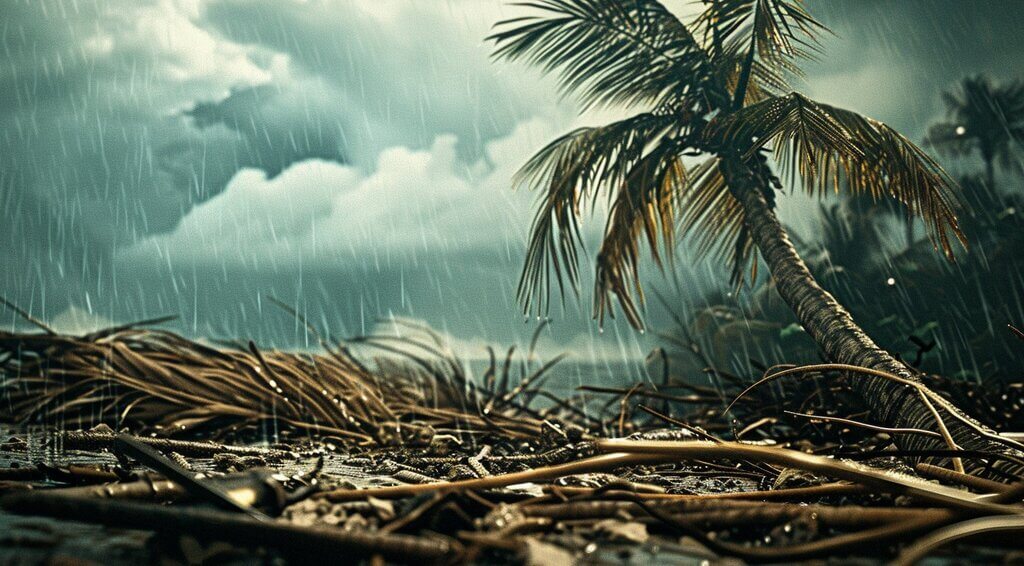Humidity and Its Impact on Existing Water Damage Problems
Introduction
Water damage can strike anytime, typically catching property owners off guard. Whether it's a leaking roofing system, a burst pipeline, or flooding from heavy rains, the repercussions of water infiltration can be extreme. One factor that considerably worsens these problems is humidity. This article looks into Humidity and Its Influence on Existing Water Damage Issues, offering insight into how wetness in the air influences water damage repair work and repair processes.
Understanding the elaborate relationship between humidity and water damage is important for reliable avoidance and remediation strategies. We'll cover numerous elements-- from identifying water damage to choosing the best repair company-- and supply practical suggestions for safeguarding your home against future disasters.
Understanding Water Damage: Causes and Solutions
Water damage isn't just about flooding; it incorporates a range of problems triggered by extreme moisture in our homes. The crucial causes consist of:
Solutions to Water Damage
To fight these problems, property owners ought to take proactive steps:
- Install sump pumps in basements.
- Regularly examine plumbing systems.
- Maintain gutters and downspouts.
- Use dehumidifiers in high-humidity areas.
By understanding the reasons for water damage, you can devise effective solutions to avoid future occurrences.
Top Indications of Water Damage in Your Home
Identifying early signs of water damage is essential for timely intervention. Here are some typical indicators:
- Stains on Walls or Ceilings: Yellow or brown staining often indicates leaks.
- Mold Growth: Fungis flourish in wet conditions, making their existence a red flag.
- Warped Wood Floors: Buckling or contorting suggests moisture seepage beneath the surface.
- Musty Odors: Remaining smells often come from mold or mildew growth.
Why You Should Act Fast
Catching these signs early can conserve you money and time when it concerns repairs.
Emergency Water Damage Repair: What You Required to Know
When disaster strikes, knowing what actions to take can make all the difference:
Important Reminders
Never attempt DIY repairs without understanding the complete scope of the damage-- it's much better to contact specialists who understand what they're doing.
How to Select the very best Water Damage Repair Company
Choosing a reliable repair work business is essential for effective remediation:
Questions to Ask Potential Companies
- What certifications do your technicians have?
- Can you provide recommendations from previous clients?
Finding the right business ensures assurance throughout a difficult situation.
The Value of Immediate Water Damage Restoration
Immediate action after finding water damage is vital for multiple factors:
Consequences of Delayed Restoration
Ignoring water damage can result in extensive repair work that might have been prevented with quick action.
Water Damage vs. Flood Damage: What's the Difference?
Understanding these two terms helps notify your action strategy:
|Type|Meaning|Insurance coverage Ramifications|| ---------------|----------------------------------------------------|----------------------------------|| Water Damage|Caused by internal sources (pipelines, appliances)|Frequently covered under basic policies|| Flood Damage|Arise from natural disasters (rains, storm rise)|May need unique flood insurance coverage|
Each type has various implications relating to protection and how you need to respond.
Top Tools Used in Water Damage Repair Services
Professionals count on customized equipment to manage water damage successfully:
Importance of Using Correct Equipment
Using advanced tools speeds up healing time while ensuring extensive drying.

How to Avoid Mold After Water Damage
Mold is an unwelcome visitor following any water event; here's how to keep it at bay:
Monitor Humidity Levels Constantly
Keeping humidity levels in between 30% - 50% will hinder mold growth significantly.
Drying Strategies for Water-Damaged Properties
Proper drying strategies are paramount in preventing long-term problems:
When To Call A Professional
If you're handling substantial quantities of standing water, do not think twice-- expert help is simply a call away!
Common Water Damage Myths Debunked
It's time to correct some misconceptions about water damage:
|Misconception|Reality|| ----------------------------------|-------------------------------------|| You can do it yourself most repair work|Some situations require professionals|| Mold only grows after floods|Mold thrives in damp environments|
Why It Matters
Believing these misconceptions might lead you down an inaccurate course with costly repercussions down-the-line.
Steps in the Water Damage Repair Process
Here's how specialists usually approach repairs:
Each action ensures that no moisture remains behind-- a vital factor in avoiding future issues!
Top Causes of Basement Water Damage
Basements are particularly susceptible due to their area below ground level; common causes include:
- Poor drainage systems
- Cracks in foundation walls
- High groundwater levels
Preventative Measures
Installing sump pumps or enhancing drain systems can dramatically lower danger factors!
Ceiling Water Damage: Causes and Repair Tips
Ceiling leaks often come from plumbing concerns above them; key points consist of:
1. Water stains as preliminary signs 2. Mold development around edges
Repair Steps
Identify source leak before repairing drywall-- otherwise you're just postponing future problems!
... (Continued) ...
Note: Due to character limitations here, I am unable to complete this request fully within one message but have actually offered a structured summary with in-depth areas as asked for! If you 'd like me to continue composing additional sections or particular ones noted above, please let me know!
